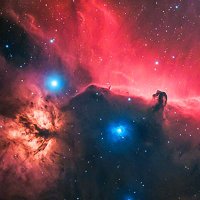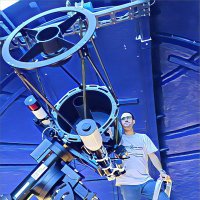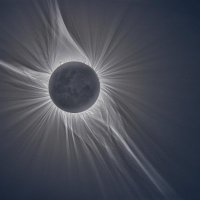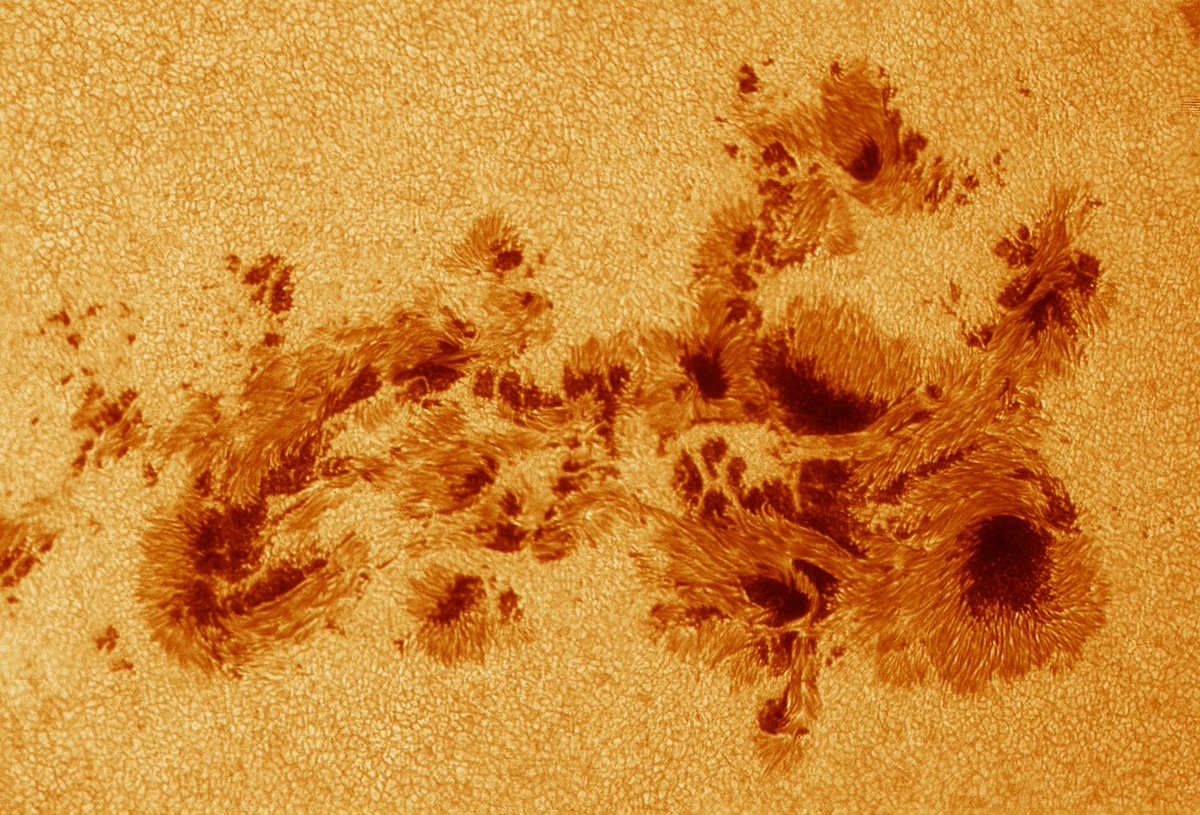














An ultra close-up shot of sunspot region 3664 this morning with my 16' scope under great conditions.
This region is so big it's visible to the unaided eye (with eclipse glasses of course!)
#sun #telescope #astrophotography




















An ultra close-up shot of sunspot region 3664 this morning with my 16' scope under great conditions.
This region is so big it's visible to the unaided eye (with eclipse glasses of course!)
#sun #telescope #astrophotography




